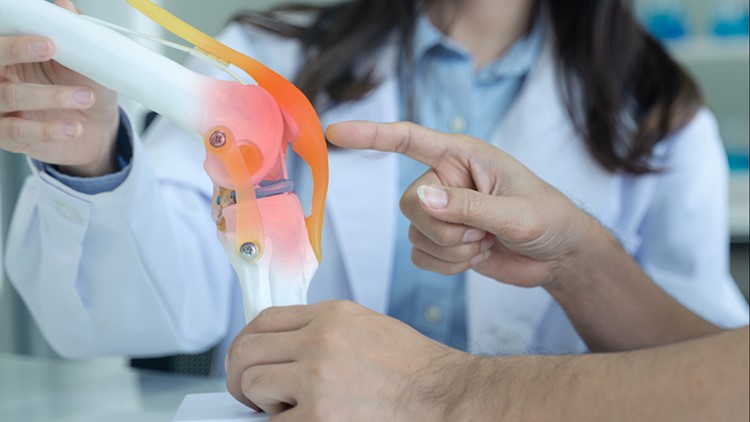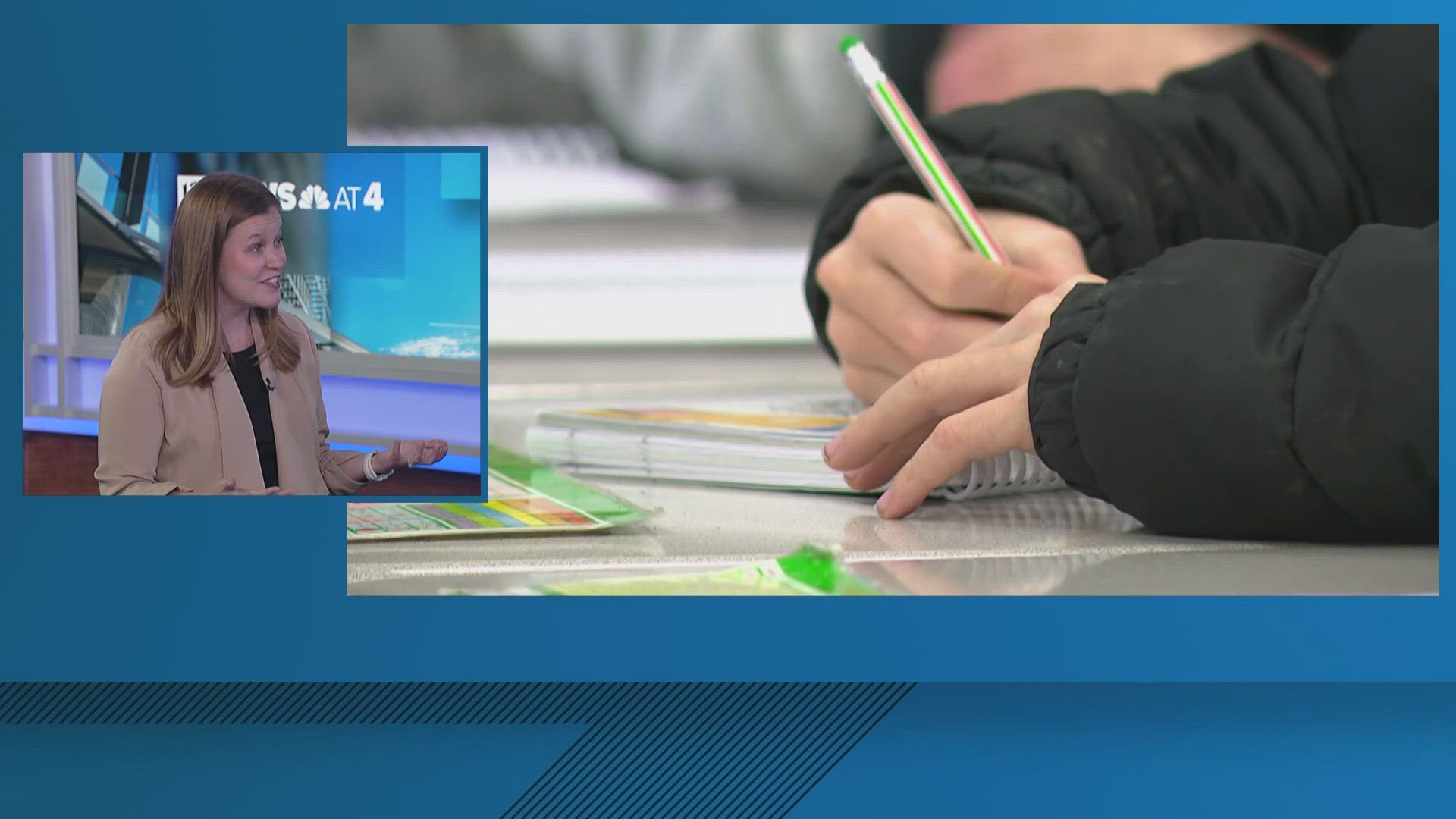THIS ARTICLE IS SPONSORED BY SHELBOURNE KNEE CENTER
Whether it is from trauma or as the result of an athletic injury, anterior cruciate ligament (ACL) tears affect up to 200,000 Americans each year. However, data from the Shelbourne Knee Center’s research program is encouraging.
It shows that ACL surgery patients who receive a contralateral patellar tendon graft (PTG) are recovering faster than ACL reconstruction patients receiving other types of grafts (cadaver, hamstring). PTG patients show a quicker return to strength, normal range of motion (ROM), and overall easier recovery.
What is a Patellar Tendon Graft?
An ACL patellar tendon graft (PTG) replaces a torn ACL with a part of the patellar tendon taken from the patient’s injured leg. At Shelbourne Knee Center, however, orthopedic surgeon K. Donald Shelbourne, MD, notes the secret to a better recovery comes from using the patellar tendon from the non-injured leg.
“We have found that using a PTG from the opposite knee gives patients the best chance of getting back to normal predictably,” Dr. Shelbourne says. “Healing is better and faster with a contralateral PTG because rather than doing two major things to one knee, you do two relatively minor things to each knee. With a hamstring or cadaver graft, the perception of pain in the surgical knee is much higher than when “both knees hurt somewhat, and about the same.”
ACL reconstruction patients at Shelbourne Knee Center, on average, can return to sports as soon as four to six months after surgery. By comparison, ACL tears repaired with hamstring grafts can take up to a year.
Along with allowing for unrestricted rehabilitation and a higher return to sports rate, other advantages of a contralateral PTG include the ability to begin strengthening the graft site immediately after surgery. This is done with your personal physical therapist or athletic trainer who serves as a guide through the entire process, including coaching patients through post-op rehab.
Are Patellar Tendon Grafts Effective?
“Use of the patellar tendon graft (PTG) has been an overwhelming success in our practice,” says Dr. Shelbourne. As such, Dr. Shelbourne presented his findings at the 2020 international ACL Study Group meeting in January. Held every two years, the meeting draws experts in ACL treatment from around the world who gather to share and discuss the latest science and clinical work.
As part of the study of more than 2,000 Shelbourne Knee Center patients (age range 12-65), 87% of young patients participating in high-risk sports returned, with average recovery at 5.6 + 2.3 months. A follow-up study looking at 671 patients at a minimum of five years post-ACL reconstruction found that 95% had normal extension; 93% had normal flexion; 89% had both normal extension and flexion.
The numbers speak for themselves.
ACL Expert Advice You Can Trust
Dr. Shelbourne has been tracking knee patient outcomes for more than 38 years and more than 7,000 ACL patients. Dr. Shelbourne uses data from the research program to continually improve care for his patients. He also shares research results in Expert ACL Expert Guidance book chapters, journal articles, and presentations.
“I want other orthopedic surgeons to know what we do and what it is possible to do,” says Dr. Shelbourne.
About Shelbourne Medical Center
At Shelbourne Knee Center, we focus only on knees. Why? Because specializing enables us to find better ways to get you off the sidelines and back to living, working, and playing the way you want. Our outcomes-based treatment strategies come from 37+ years of research and follow-up with our patients. We use that insight to help you return to being you, faster, and with better long-term outcomes. For more information about ACL reconstruction at Shelbourne Knee Center, call 888-FIX-KNEE or email skckneecare@ecommunity.com.



